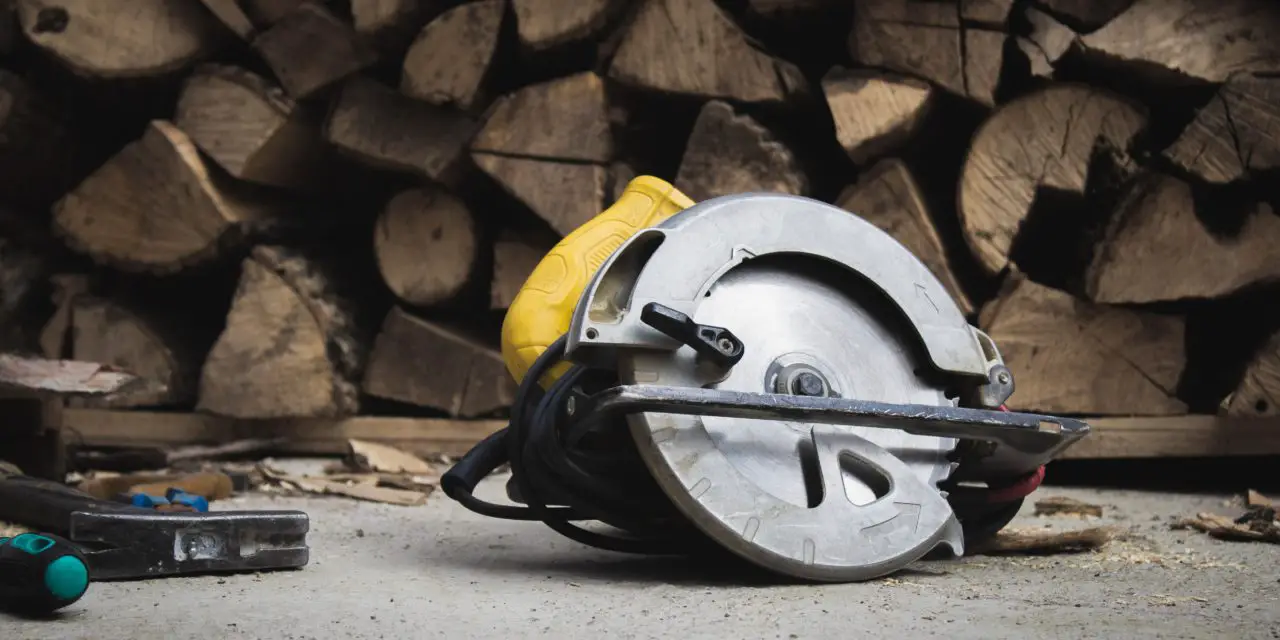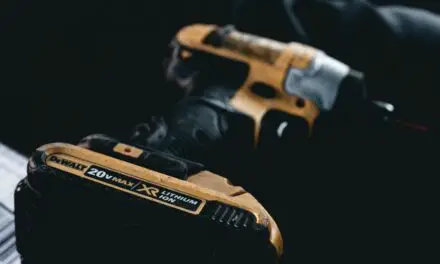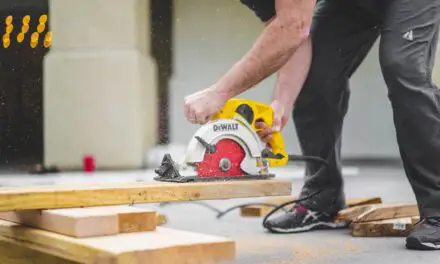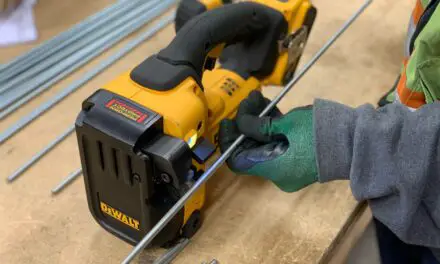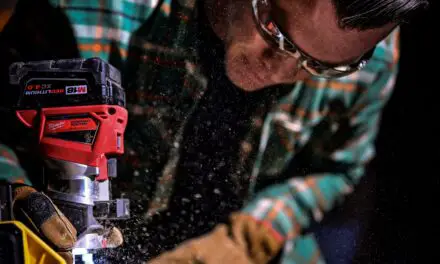Few tools are as important for DIY enthusiasts and woodworkers as a circular saw. Because they have such strong blades, they can easily cut through wood and other construction material. But, are circular saw blades made from hardened steel?
Circular saw blades are made from a few different types of steel, but most are hardened and heat treated to ensure the blades are strong enough to do their intended job.
Below, we’ll discuss the types of steel used to make circular saw blades and the different processes it is put through. Keep reading to learn how you get to that final blade you’ll attach to your circular saw!
Are Circular Saw Blades Made from Hardened Steel?
Circular saw blades need to be durable enough to cut through strong materials.
They also need to be straight enough to cut evenly.
If they are bent in any way, your cuts won’t be even and your blades may not fit where you need them to. You could even end up cutting yourself by accident!
For this reason, some wonder whether circular saw blades are made from a sturdy material like hardened steel.
Most circular saw blades are usually made from hardened steel. They are also put through several different processes to ensure they can achieve a perfectly even cut each time you use them.
What Types of Steel Are Circular Saw Blades Made from?
There are many types of circular saw blades, all of which are made with different types of steel depending on their intended application.
Some manufacturers create saw blades from high chrome and high-carbon steel, like 1075 Cr1.
Other blades need to be crack resistant, so manufacturers use harder steels with a higher carbon content.
Some blades may be created from chrome vanadium. Others intended for the food industry will use blades made from stainless steel.
In all applications, most circular saw blades will need to be treated and hardened.
What Processes Are Used to Make Circular Saw Blades?
There are a few steps that go into creating a circular saw blade.
Some of these steps include:
- Cutting the steel
- Heat treatment
- Straightening
- Grinding, polishing, and creating the tip
- Sharpening
These steps are all crucial to the finished product.
Without hardening the steel first, there would be no way it would survive the steps that follow.
Cutting the Steel
Circular saw blades come in all different sizes, and the first thing that needs to be done after hardening is to cut the steel to size.
This is often done with a laser, because the circular shape needs to be cut in one piece.
Heat Treatment
Most circular saw blades are put through a heating process designed to harden the steel further and make it strong enough to use.
The steel is heated to high temperatures, which changes its properties to make it denser and harder.
After it’s heated, the steel is “quenched.” This is when the steel is quickly cooled to make it even harder.
Blades that are too hard can shatter, which is where the tempering process comes in.
The blades are clamped together in packs and then heated to a temperature much lower than the first time.
Instead of cooling them quickly, the blades are then allowed to cool naturally.
Straightening
Heat treatment can bend the steel, so straightening the blade is an important step in the process.
The blade must be completely straight for your circular saw to cut true.
Different manufacturers have different ways of doing this, but the result is the same — straight blades that work perfectly for your next project.
Grinding, Polishing, and Creating the Tip
The next step is to grind down any excess thickness that could make the blade too thick for the machine.
Then, the blade is polished and the teeth are cut out.
Sharpening
The final step in the process is sharpening the blade to ensure it can easily cut into the material you need it to.
After that, the blades just need to be packaged and sold.
In Conclusion
Circular saw blades are put through a hardening process to make the steel stronger.
Hardening the steel ensures the blades can handle cutting through tough materials.
In addition to hardening, the steels are put through a series of processes, including heat treatment, to ensure they’re strong enough for their intended purpose.

